
Che-Yu Hsu. ‘Zoo Hypothesis’
Single-channel video work by the Taiwanese artist Che-Yu Hsu, As part of the LOOP Festival.

Single-channel video work by the Taiwanese artist Che-Yu Hsu, As part of the LOOP Festival.
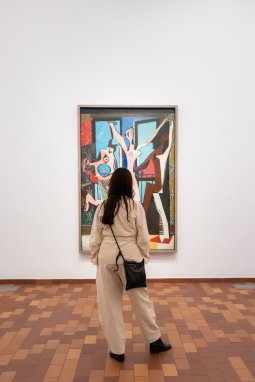
Exhibition held simultaneously at the Fundació Joan Miró and the Museu Picasso Barcelona to celebrate the fiftieth anniversary of the death of Pablo Picasso and the fortieth of Joan Miró’s.
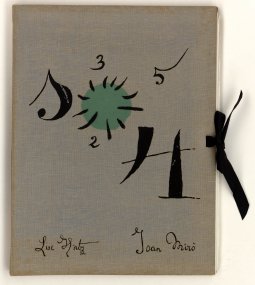
Second exhibition from the Archive of the Fundació Joan Miró, which focuses on the first book illustrated by Joan Miró.

Imaginary Friends presents a selection of interactive contemporary works to familiarise children and the general public with today’s emerging art
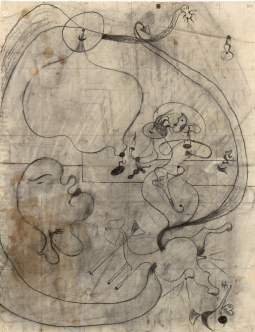
The exhibition inaugurates this space and which gives an account of the magnitude of the operation to transfer the fonds to its new home.
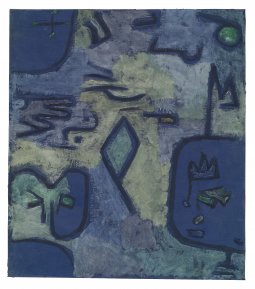
The exhibition Paul Klee and the Secrets of Nature centres on the ongoing fascination of the Swiss-German artist for the observation of nature and natural phenomena. The exhibition is structurated in four sections, each of which includes work of other artists who also explored aspects of natural phenomena. As female artists, however, they did not receive due attention or consideration in their day

Miró. His Most Intimate Legacy unveils a relatively unknown facet of Miró as a collector of his own work, which was expressed in the creation of three personal collections: his own; that of his wife Pilar; and the collection of his daughter Dolors. This project seeks to renders homage and express gratitude to the artist as well as to the three generations of the Miró family that have shown leadership in the universal artist’s commitment to the Fundació Joan Miró and the city of Barcelona.
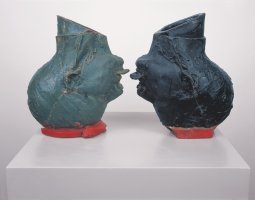
The Point of Sculpture offers an overview of the practice of modern and contemporary sculpture from an asynchronous, heterogeneous perspective that also includes older pieces and anonymous objects. The exhibition, arising from the ambition of twentieth-century sculpture to move beyond representing and generating images, also aims to show the major transformation of this discipline in the twenty-first century with the implementation of new techniques and the emergence of new imaginaries and sensibilities.
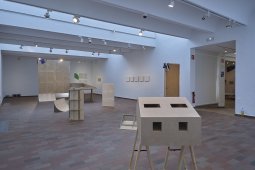
The exhibition Shared Studios. Three Case Studies presents the work, production, and learning dynamics that arise in shared studio spaces among artists in the Barcelona art scene.
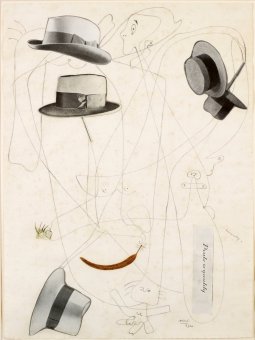
Miró-ADLAN: An Archive of Modernity (1932-1936) reconstructs the key role of the group of artists and intellectual known as ADLAN (Amics de l’Art Nou [Friends of New Art]) in introducing modernity to the Barcelona of the 1930s, during the years of the Spanish Republic. While in major European cities avant-garde movements had the support of critics and collectors, here modernity needed the impetus of an enthusiastic group that sought to regenerate Catalan culture and adopted Joan Miró as its leader in the promotion of new art.
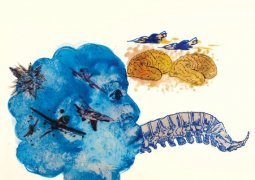
The Indian artist Nalini Malani, the winner of the 2019 Joan Miró Prize, presents a selection of works from her entire career, in which feminist thought and the condemnation of violence are ever-present.
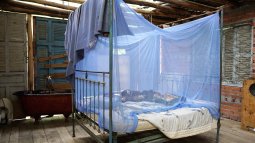
Vietnamese artist Thao Nguyen Phan, the winner of the first edition of the Han Nefkens - LOOP Barcelona Award, presents a production filmed in the rural areas of the Mekong Delta.